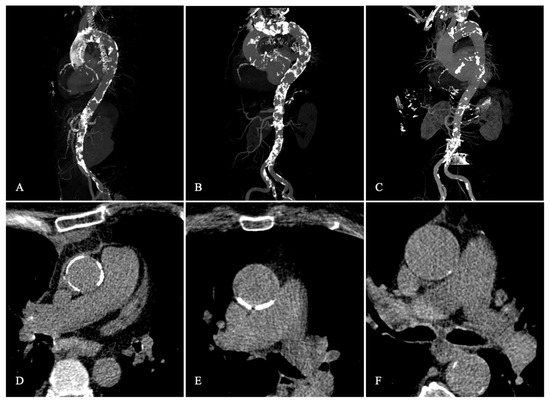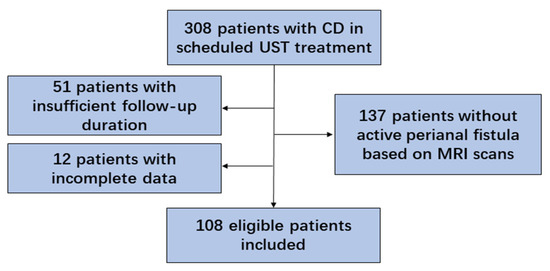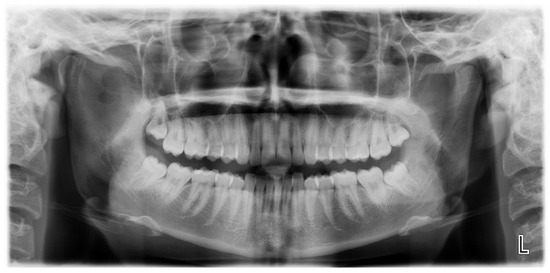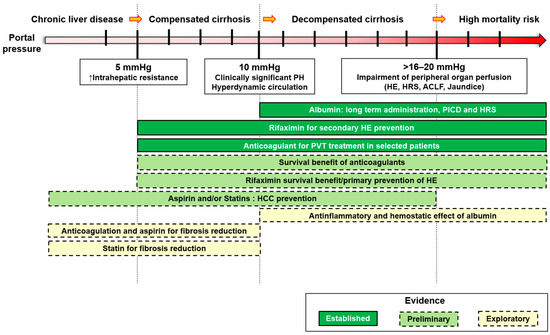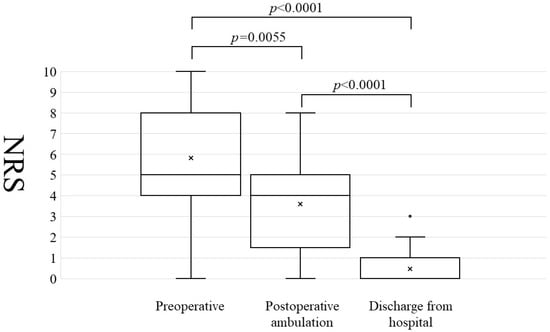1
Department of Cardiology, St. Johannes Hospital, 44137 Dortmund, Germany
2
Department of Cardiology, University of Oldenburg, 26129 Oldenburg, Germany
3
Department of Cardiovascular Surgery, University Hospital of Schleswig-Holstein, Campus Kiel, 24118 Kiel, Germany
4
Department of Cardiology, University of Bonn, 53113 Bonn, Germany
5
Department of Cardiac Surgery, St. Johannes Hospital, 44137 Dortmund, Germany
6
Department of Cardiology, University Hospital of Erlangen, 91054 Erlangen, Germany
7
Department of Cardiac Surgery, Kerckhoff Heart Center, 61231 Bad Nauheim, Germany
8
Department of Cardiology, Kerckhoff Heart Center, 61231 Bad Nauheim, Germany
9
Department of Cardiology, Justus-Liebig University of Giessen, 35390 Giessen, Germany
J. Clin. Med. 2023, 12(3), 945; https://doi.org/10.3390/jcm12030945 - 26 Jan 2023
Cited by 4 | Viewed by 2316
Abstract
Background: Severe calcification of the ascending aorta increases the peri-operative risk for neurological complications in patients with severe aortic stenosis. Transcatheter aortic valve implantation (TAVI) seems to be an optimal treatment option in these patients. However, the impact of the extent of aortic
[...] Read more.
Background: Severe calcification of the ascending aorta increases the peri-operative risk for neurological complications in patients with severe aortic stenosis. Transcatheter aortic valve implantation (TAVI) seems to be an optimal treatment option in these patients. However, the impact of the extent of aortic calcification on procedural and neurological outcomes during TAVI is unclear. Methods: Data from 3010 patients with severe native aortic valve stenosis treated with ACURATE neo/neo2 from May 2012 to July 2022 were evaluated and matched by 2-to-1 nearest-neighbor matching to identify one patient with porcelain aorta (PA) (n = 492) compared with two patients without PA (n = 984). PA was additionally subdivided into circumferential (classic PA) (n = 89; 3.0%) and non-circumferential (partial PA) (n = 403; 13.4%) calcification. We compared outcomes according to VARC-3 criteria among patients with and without PA and identified predictors for occurrence of stroke in the overall population. Results: Technical success (88.5% vs. 87.4%, p = 0.589) and device success at 30 days (82.3% vs. 81.5%, p = 0.755) after transcatheter ACURATE neo/neo2 implantation according to VARC-3 definition was high and did not differ between non-calcified aortas or PA. The rate of in-hospital complications according to VARC-3-definitions was low in both groups. Rates of all stroke (3.2% (n = 31) vs. 2.6% (n = 13), p = 0.705) or transitory ischemic attacks (1.1% vs. 1.2%, p = 1.000) did not differ significantly. Thirty-day all-cause mortality did not differ (3.0% vs. 3.2%, RR 1.1; p = 0.775). Overall device migration/embolization (OR 5.0
(This article belongs to the Special Issue Advances in Heart Valve Disease)
▼
Show Figures

